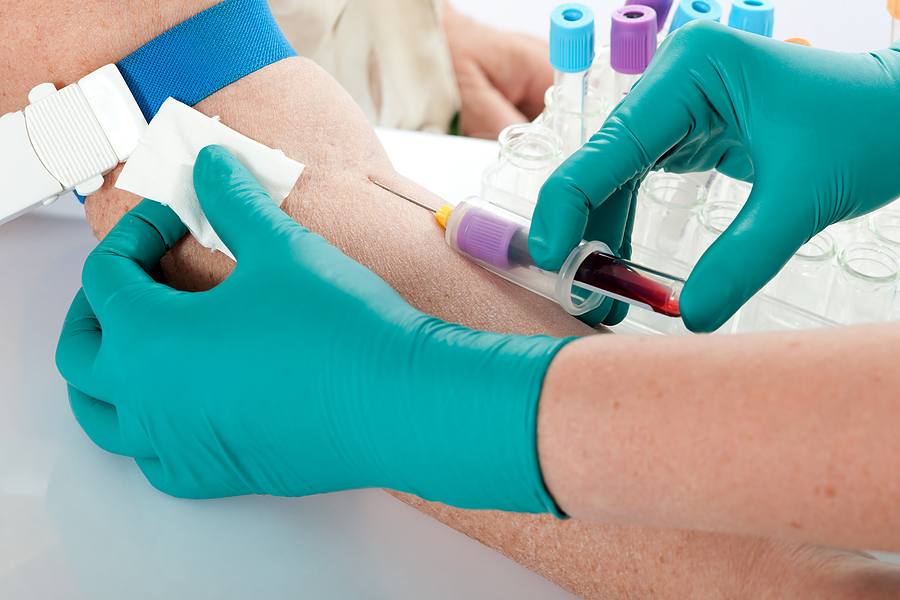It’s no surprise that pharmaceuticals are one of the leading drivers of workers’ compensation costs in California, but a study issued on Wednesday shows the skyrocketing cost of drug testing is taking a spot as a major cost driver in the system.
The California Workers’ Compensation Institute estimates payments for drug testing in California’s workers’ comp system reached nearly $100 million in 2011, while the number of drug tests given jumped 4,537 percent from 2004 to 2011.
“This is an emerging cost driver in the system,” said Alex Swedlow, executive vice president of research for CWCI.
According to CWCI, a parallel can be drawn between the rise in use of narcotic painkillers to treat work-related injuries in California and the exponential growth in the use of drug testing in California workers’ compensation over the past eight years.
“What this shows is that the increase in the use of drug testing and the cost of drug testing parallels the rise in use of opioids and schedule II pharmaceuticals in the California workers’ compensation system,” Swedlow said.
Drug tests are given to ensure patients are taking their prescribed drugs. Swedlow hypothesizes that the growth in testing could indicate more of these prescriptions to injured workers are not being taken for a variety of reasons, including that “It could be suspicion that drugs are being redirected to the black market.”
“The numbers are astonishing,” said Jerry Azevedo, a spokesman for the Workers’ Compensation Action Network. “It’s clear that increased testing is at least one strategy being pursued as a way to address the explosion in opioid prescriptions.”
But what is not spelled out in the study, Azevedo argues, is how many lives might have been saved or how many opioid prescriptions may have been avoided from the increased testing.
“If the testing is leading to better outcomes, that’s an important factor in how we react to these huge dollar figures,” he said. “If injured workers and employers aren’t getting a tangible benefit, then it would suggest this testing is really about vendors trying to exploit a new profit center. When you consider these tests are costing 315 percent more than they were just seven years ago, you have to question what’s driving such an escalation.”
Opioids and the growing use of painkillers was one of the issues discussed at a joint hearing in Sacramento two months ago during which several participants suggested that it’s time for another major workers’ comp overhaul.
Using workers’ compensation claims data from CWCI’s s claims information system the institute produced a study that tracked 27 specific procedure codes used to reimburse drug testing services administered between 2004 through 2011, and identified 450,873 drug testing encounters within the study sample’s eight-year span.
The billed charges for the drug testing visits in the study sample totaled nearly $78 million, which resulted in just under $50 million in payments, according to the study’s authors.
The number of drug testing dates of service rose from 4,012 in 2004 to 186,023 in 2011, while the average bill paid for the testing rose to $147.55 last year from $35.51 eight years ago, the study shows.
“It’s grown in almost a viral-like growth pattern,” Swedlow said.
Swedlow and CWCI stopped short of definitively stating that opiates are the cause of the rise, but “what we can say is there is the association, there is this implied relationship between this spike in use of opioids and spike in use of testing.”
It’s CWCI’s stance that a significant portion of injuries incurred by workers are not a good candidate for some of the opioids now gaining popularity among prescribing physicians and injured workers.
“Now we appear to be compounding the problem with not only prescribing drugs for injured workers that are not only not a good clinical fit, but we’re testing for the absence of those drugs or prescriptions that shouldn’t have been prescribed in the first place,” he said.
The estimates of the total pharmaceuticals spent on all medical care of workers’ comp system in California is somewhere between 10 and 20 percent.
The study shows that the top 10 drug testing codes accounted for roughly 86 percent of the drug testing service visits, 95 percent of the drug testing charges and 96 percent of the payments.
Single drug screens were the most common drug test performed on injured workers, accounting for one out of three drug testing visits, according to the study.
“The study makes another important contribution to the debate over opioids and all the ways they are impacting the system,” WCAN’s Azevedo said. “Ultimately, we need a comprehensive approach to the issue that doesn’t spawn yet another cottage industry.”
Was this article valuable?
Here are more articles you may enjoy.



 The Top 15 U.S. Metros with High Exposure to Wildfire Risk
The Top 15 U.S. Metros with High Exposure to Wildfire Risk  Biden Vetoes Bid to Repeal US Labor Board Rule on Contract, Franchise Workers
Biden Vetoes Bid to Repeal US Labor Board Rule on Contract, Franchise Workers  Update: Fannie Mae Guidelines Raise Concerns, Could Bar ACV Coverage for Homes
Update: Fannie Mae Guidelines Raise Concerns, Could Bar ACV Coverage for Homes  Billionaire Ellison Is Moving Oracle to Nashville From Texas
Billionaire Ellison Is Moving Oracle to Nashville From Texas 

